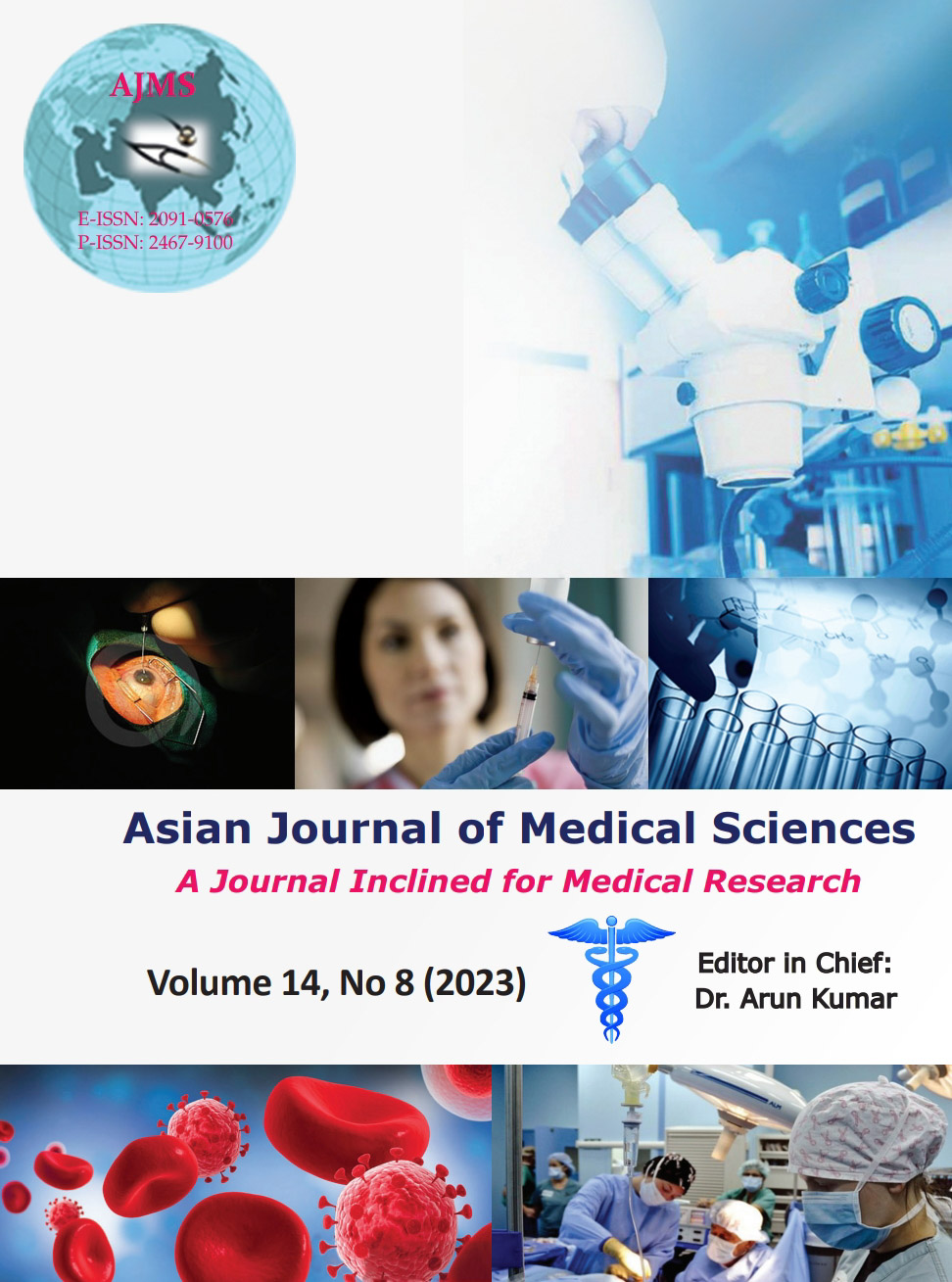Determination of serum KIM-1 in patients with chronic kidney injury
Keywords:
Chronic kidney disease; KIM-1; BiomarkerAbstract
Background: Chronic kidney disease (CKD) affects more than 800 million people worldwide and is one of the leading non-communicable causes of death. Despite being a latent issue, once renal damage has started, the disease can rapidly progress to an advanced stage.
Aims and Objectives: Currently, the most commonly used markers for the diagnosis of renal disease are non-specific and insensitive. As a result, the goal of the current study is to investigate whether KIM-1 could be a precise and sensitive biomarker for identifying early kidney injury in CKD patients.
Materials and Methods: This case–control study recruited 155 participants from the Index Medical College Hospital v Research Centre, Indore, Madhya Pradesh, based on inclusion and exclusion criteria. 150 non-CKD subjects matched for age and sex were also taken from the hospital. The levels of KIM-1 were compared between CKD and non-CKD participants. Serum creatinine, urea, and creatinine clearance were also measured.
Results: The levels of KIM-1 were substantially higher in CKD patients than in non-CKD participants. In addition, a negative relationship between KIM-1 and creatinine clearance was observed with a P<0.05.
Conclusion: KIM-1 is a precise and sensitive kidney injury biomarker that can identify early kidney injury in CKD and contribute to the progression of interstitial fibrosis in kidney disease.
Downloads
Downloads
Published
How to Cite
Issue
Section
License
Copyright (c) 2023 Asian Journal of Medical Sciences

This work is licensed under a Creative Commons Attribution-NonCommercial 4.0 International License.
Authors who publish with this journal agree to the following terms:
- The journal holds copyright and publishes the work under a Creative Commons CC-BY-NC license that permits use, distribution and reprduction in any medium, provided the original work is properly cited and is not used for commercial purposes. The journal should be recognised as the original publisher of this work.
- Authors are able to enter into separate, additional contractual arrangements for the non-exclusive distribution of the journal's published version of the work (e.g., post it to an institutional repository or publish it in a book), with an acknowledgement of its initial publication in this journal.
- Authors are permitted and encouraged to post their work online (e.g., in institutional repositories or on their website) prior to and during the submission process, as it can lead to productive exchanges, as well as earlier and greater citation of published work (See The Effect of Open Access).




